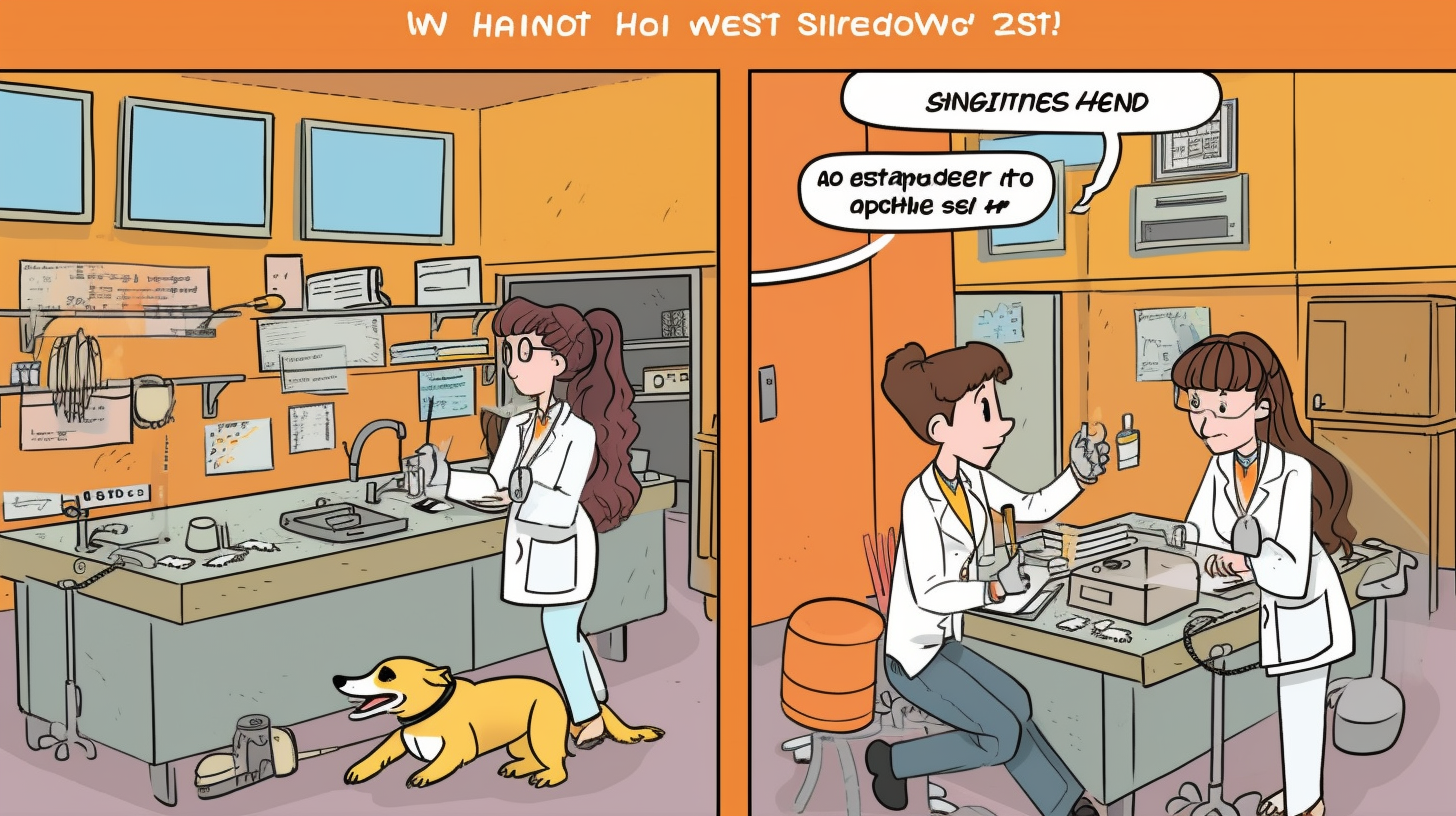Unlocking the Secrets of AWS: A Guide to Shared Responsibility

Take a sip of your coffee, folks, and get comfy—today, we're going on a deep-dive into the exhilarating (queue sarcastic eye-roll) world of the AWS Shared Responsibility Model. This might not be as spine-tingling as a thriller novel (unless you're a fellow tech geek), but trust me, understanding it is quintessential in acing the AWS Certified Cloud Practitioner exam.
What in the name of all things tech is the AWS Shared Responsibility Model?
Imagine we're back to high school physics or, God forbid, chemistry. You and your lab partner have distinct roles in the experiment (without overlapping on setting the lab on fire). It's just the same with Amazon Web Services (AWS) and you, dear customer, in the AWS Shared Responsibility Model. It's a delineation of responsibilities where both parties play a critical part to ensure a failsafe, secure environment for your applications and data.
For the tech-averse, it's like a dance where both partners need to step in rhythm, or, risk collapsing on the dance floor. AWS leads the way with their infrastructure, and you have to follow by ensuring your use of AWS products and services is as safe as a nuclear bunker.
Now, let's jabber about the elements of the Shared Responsibility Model.
AWS primarily owns the responsibility of ‘security OF the cloud,’ while the customer takes up the mantle of ‘security IN the cloud.’ "Of" and "in," they might seem almost interchangeable for our daily conversations, but boy oh boy, are they miles apart in the AWS universe. AWS actively ensures the cloud's security, which involves handling the underlying infrastructure, hardware, software, networking, and facilities. On the flip side, you're actively securing everything within the cloud, which spans from customer data and accounts to access control management.
Your role, oh wonderful customer, in AWS
Alright, brace yourself, we're about to delve actively into the nitty-gritty details. It's only fair, isn't it? With greater powers actively come heavier responsibilities. Thus, with all the awesome powers AWS endows upon you, you're also keeping a tight grip on a vast array of responsibilities. So, wondering what's on your to-do list as a customer?
Well, you're responsible for managing guest operating systems (including updates and security patches), application software, and ensuring the security configuration of AWS provided security group firewalls. You also have the power to control your data (including classifying its sensitivity) and deciding where it should be stored. And guess what? And believe me, that's merely scratching the surface.
Shifting responsibilities with Amazon RDS, Lambda, and EC2
While 'RDS', 'Lambda', and 'EC2' might strike you as sci-fi lingo, they're actually distinct services that AWS rolls out for us. Depending on the service used, your responsibilities might do a little Irish jig. Let me explain...
Amazon RDS, for instance, takes the burden of database management off your shoulders by managing the underlying infrastructure and the database itself. You're left with relatively lighter tasks like managing database settings and controlling access.
Amazon Lambda, meanwhile, is like having an extra pair of hands. AWS manages the underlying infrastructure and the code execution environment; you just need to worry about ensuring your application code does not read like a cryptic riddle.
On the flip side, Amazon EC2 is more of a hands-on service that demands more from you. Here, you'll manage the host OS, network, and firewall settings. Clearly, who does what isn't a one-size-fits-all scenario with AWS.
On AWS’s shoulders...
Though AWS might seem like they're making you do all the hard work, they also bear a staggering amount of responsibility, like ensuring their data centers are more secure than Fort Knox, and that pesky hardware failures won't lead to data loss. They maintain the infrastructure software, provide physical security, redundancy, and scalability, and offer a host of other services.
The Shared Responsibility Model: A Knee-slapper?
Whoever thought that shared responsibilities could get a laugh probably didn’t have to handle them! But let’s pause our seriousness for a minute, and imagine a hypothetical situation: Amazon is like your mom, and you're a teenager. Your mom gives you a room (cloud) with all the basic amenities like bed, wardrobe etc. (infrastructure). Now how you keep your stuff (data) arranged and clean is totally up to you. Your mom isn't responsible if you can't find your favorite shirt in the mess of your room!
Now back to the world of cloud computing and cyberspace. So, while there’s probably no teenager involved, AWS and you share the chores to keep your digital home up and running. Understanding where their responsibilities end and yours begin is the defining factor in building safe and secure environments on the cloud. Mistaking your role could lead to a digital disaster, and nobody wants a messy room, right?
So, fellows, strap in, and buckle up; understanding the AWS shared responsibility model is a wild ride! Post your queries, musings, and revelations below. Catch you next time with more exciting techie stuff!